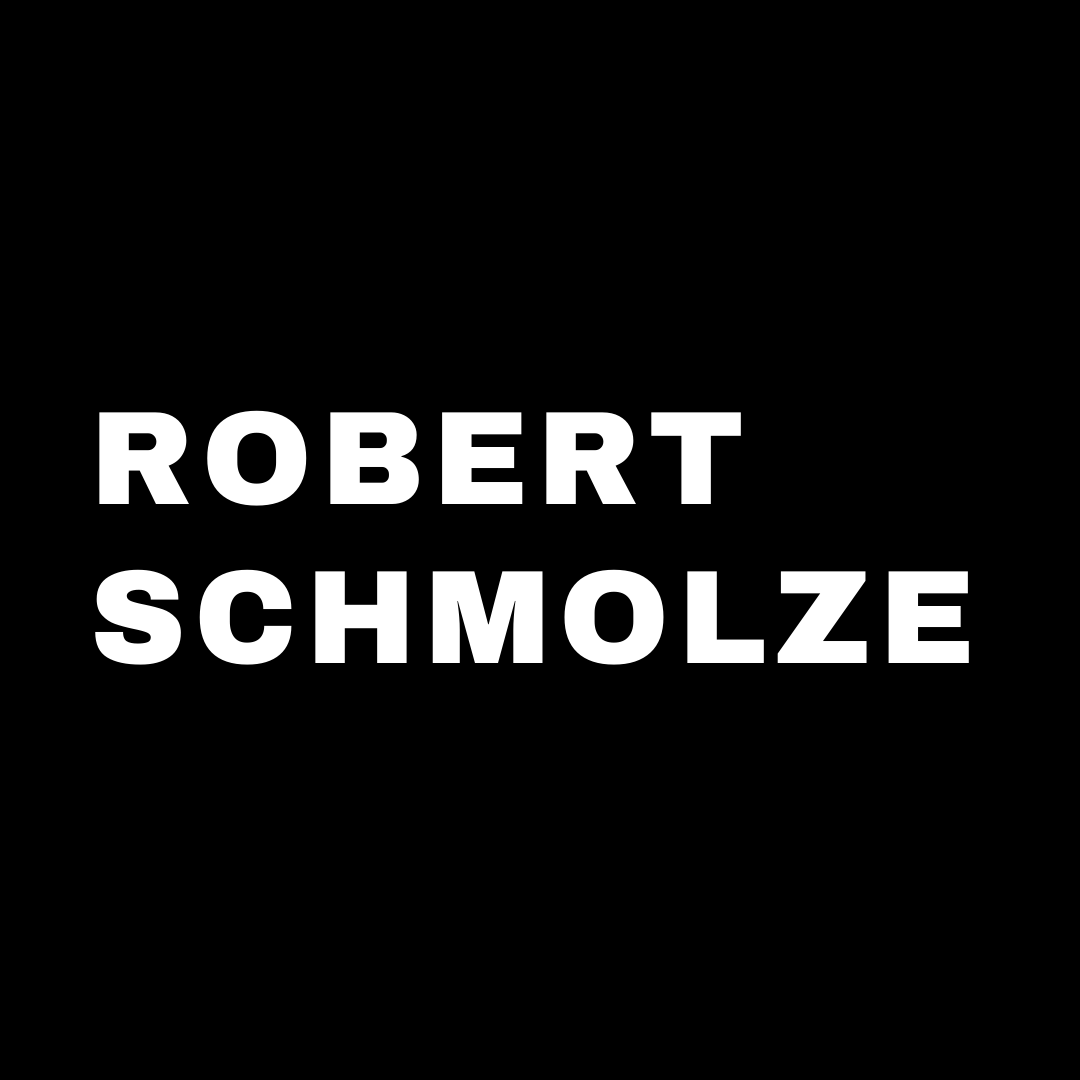Found on LinkedIn. Written by Andreas von der Heydt
Andreas von der Heydt says that Masters of Creativity are masters of creativity because they know “how“ to think and not necessarily “what“ to think. If you really want to become more creative, you can do so:
FIRSTLY, you need to follow a specific creative thinking pattern as the basis for any sustainable improvements. It consists of three levels (topic of my previous article on creativity). SECONDLY, you need to work hard to improve your mental creativity skills by utilizing specific techniques and exercises (topic of this article).
In the past two decades I´ve worked for and with some of the most creative and innovative companies in the world. What I´ve learned and practiced there in respect of increasing creativity levels – i.e. my favorite creativity techniques – I´d like to share with you in this article. In addition, I strongly suggest reading the superb books Thinkertoys, Cracking Creativity, and Game Storming.
FUNDAMENTAL TECHNIQUES OF CREATIVITY
Feed Your Brain
Creative thinkers love to “eat“ new information, data, stories, etc. The more, the better. Which book(s) do you currently read? Many creative people would read 4-6 books at the same time and every month up to 3-4 (some even more): Fiction, non-fiction, biographies. Whatever. And by the way, no need to read every book from A to Z. Some tips on reading:
- Start by reading what is of most interest to you, i.e. reading selectively
- As you move on broaden up your reading spectrum
- Take notes: work with your books, i.e. write marginal notes, comments, etc into them
- Read magazines on different subjects: Personally I love sports magazines, fashion and lifestyle titles, magazines on music, automobiles, and traveling
- Read every day 2-3 different newspapers: Scan through all main sections like politics, economy, business, sports, health, etc. They´ll provide some latest news which might act as a mental platform for additional, inter-linked ideas which might pop-up during the course of the day
- Read biographies and How-to-books: You´ll find a wealth of new and unique ideas in them
- Reflect while you read: Think about possible parallels between your issue at hand and what you read
- Read and study an excellent book about Speed Reading
Besides reading, of course, you can and should absorb new information and stimuli also by other means: Go to the movies, theater, opera (there´s nothing like Puccini for me), listen to music, eat different food, travel to various places, discover new locations in the place you live, attend as many seminars, workshops, business conferences, and lectures as you can.
Change Your Daily Routine
You might know some of them: They do the things the way they´ve always done them. They put the things always exactly in its place. All is nice and clean, lovely folded and beautifully labeled. Those are Masters of Routine, rarely Masters of Creativity.
Instead you should consciously try to change at least some of your monthly, weekly, and daily habits. Why not shopping next time at a different supermarket, why not taking another route home from work, why not listening to another radio station tomorrow, why not changing restaurants, why not trying a new drink, why not brushing your teeth with the other arm, why not taking a bath instead of a shower, etc, etc. Got it?
Store and Archive New Information
Some people keep a shoe box, a file folder, a little black book, most recently a tablet, etc. to collect and store data, news, quotes, ads, pictures, designs, ideas, questions, cartoons, etc. There is no right or wrong method of storing and archiving. It should only fit your way of thinking, searching, and reviewing. However, either way you should possess at least one “idea collector and stimulator“ somewhere. And as you´ll review your collected “material“ periodically you will stimulate your imagination. You will start to search out connections between collected data and your present situation or challenge.
WARMING UP TECHNIQUES OF CREATIVITY
The following exercises are well suited to allow group members to open up their minds, to relax, and to start getting creative. The first two of them I like running at the beginning of workshops and seminars.
Symbol: Participants are asked to draw, display, present, etc. a symbol that represents their view about the task and/or problem. It could be anything: a simple drawing, a sketch, a comedy, an advertisement, the moon, a can of Coke, etc. Afterwards each participant would explain her symbol and what it means to her and how it explains the situation.
Baby Pictures: Before this exercise you would need to ask participants to bring with them a picture of her or himself as a baby. Post them on the wall without labels. Ask everyone to match the pictures with the participants. This is a great icebreaker which guarantees that people unclench, have a good laugh, and start being eager for getting more. Alternatively you could also ask participants to bring a photo of their favorite animal, etc. with them.
Walking in Somebody Else´s Shoes
In this striking exercise people will find out what it´s really like to be someone in a different position. One day, for example, I went with some marketing and product managers to work during a day in a drugstore to better understand how consumers were buying our products. We were posing as shop assistants and helped various customers during the entire sales process, recording specific behaviors, questions, particular sentences, etc. Back at offices, we exchanged experiences, discussed about our observations, and talked about ways how to improve product packaging and product information material to simplify the buying process for consumers.
ADVANCED TECHNIQUES OF CREATIVITY
Reverse Assumptions
Reversing your assumptions broadens your thinking. Many creative thinkers get their most original ideas when they challenge and reverse the obvious. That´s how to do it:
- State your challenge
- List your assumptions
- Challenge your (fundamental) assumptions
- Reverse each assumption by writing down the opposite of each one
- Record different viewpoints which might be useful
- Evaluate how to accomplish each reversal. List as many ideas as you can
Deconstruct your Problem
To stimulate new ideas, you should determine and list the different attributes of a given task. Then work on one attribute at a time. Focus on each attribute, describe it, and try to change and improve it. The more you´ll do that, the more likely you are to think more flexible, more fluent, and to discover alternative ideas and solutions.
Imagine different Scenarios of the Future
That´s a classic, yet still a very powerful exercise. When you force yourself thinking about the future you´re automatically thinking about what is happening now and what has already happened in the past. The combination of these three inter-linked time dimensions is extremely powerful. Let´s assume that in a first step you have stated a particular business decision that has to be taken. In a next step, you would need to identify the forces that have an impact on the decision (political, economic, social, technological and so on). Based on such an analysis you would build three to four future scenarios incorporating all information available. By varying the different input factors (forces), by changing them and/or combining them you would develop the scenarios into stories. In a final step, you would need to search for business opportunities within each scenario and for new ideas.
CREATIVITY BOOSTING TECHNIQUES
Analogies
Analogies are comparisons of the similar features of two things. Think of submarines and bats… What do they have in common? Yes! The sonar system, i.e. both emit sounds that bounce off objects in their way. In other words: By making analogical connections between two or more things, you can quickly come up with a number of unconventional ideas. The greater the “distance“ between challenge and example (i.e. the stranger the analogy), the better your chance for innovative thoughts.
Janusian Thinking
Also called Paradoxical Thinking. It involves creating a paradox or contradiction by conceiving of two opposing ideas as being currently true. Examples are “Winning by losing“ or “Disagreeing and committing“ or “Setting realistic yet challenging goals.“ The contradiction and its meanings will generate new insights and ideas.
The Anti-Problem
This (group) exercise helps when people are stuck and are at their wit´s end. Meaning the team is already working on a problem, but they´re running out of ideas. By asking them to identify ways to solve the problem opposite to their current problem, it becomes easier to see where a solution might be. Let´s assume that the problem is to increase sales; in this instance the team would brainstorm ways to get customers to avoid buying products. The more extreme the problem´s opposite, the better.
The Disney Technique
No doubt, one of the best ones. From the master of creativity himself. An offspring of his vivid imagination to produce truly fatastic(al) ideas. To generate and evaluate new ideas Walt Disney would have shifted his perspective three times by playing three separate and distinct roles: the dreamer (generating as many fantasies as possible), the realist (working the fantasies into practical ideas), and the critic (poking holes into the idea).
Applying above-listed techniques, tips, and exercises – together with a required mind shift (please see my previous article on creativity) – will help you to open your mind and to discover the beautiful world of creative and innovative solutions. It takes conviction, practice, and hard work. The good news, however, everyone can learn it. Everyone can become a master of creativity!
repost from https://www.linkedin.com/pulse/20131209061126-175081329-how-to-become-a-master-of-creativity-work-it
*****
Andreas von der Heydt is the Country Manager of Amazon BuyVIP in Germany. Before that he hold senior management positions at L’Oréal. He´s a leadership expert, executive coach and NLP master. He also founded Consumer Goods Club. Andreas worked and lived in Europe, the U.S. and Asia.



